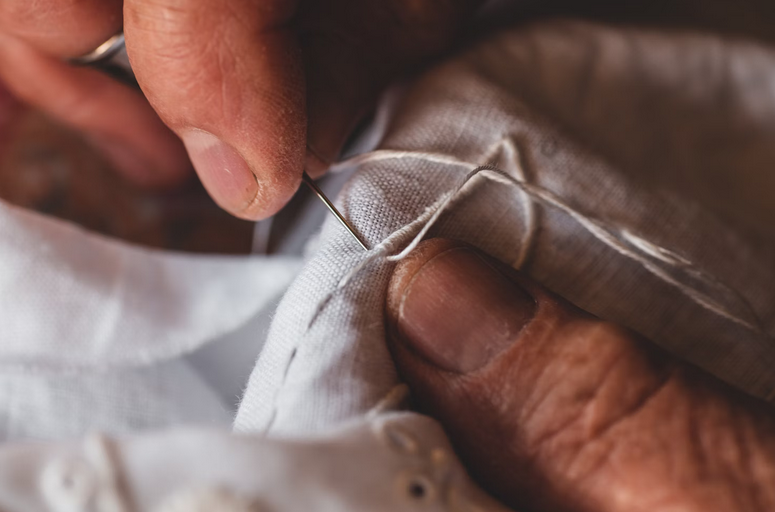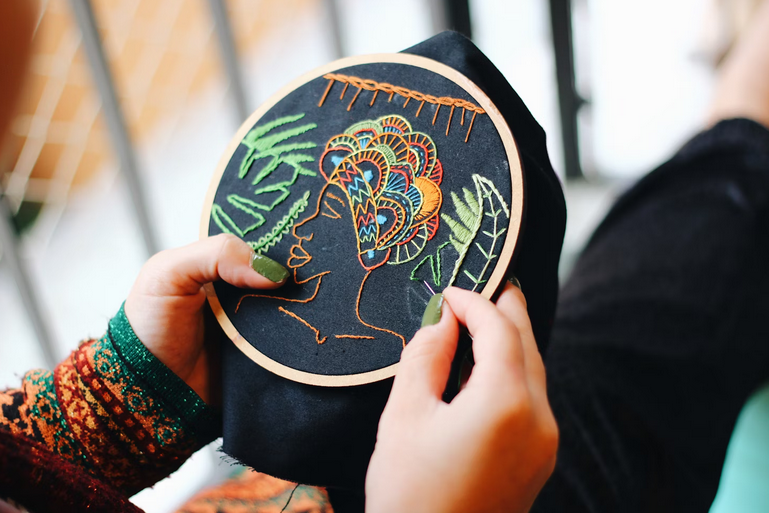Essential Tips to Choosing the Best Fabrics for Embroidery
Embroidery is a timeless craft that has adorned textiles for centuries, transforming ordinary fabrics into extraordinary works of art. However, the foundation of any excellent embroidery project lies in choosing the suitable fabric. Choosing the right fabric can impact the ease of your stitching and the final appearance of your work. This guide will provide you with essential tips to help you choose the best fabrics for your embroidery projects, ensuring that your creations, while using the best multi head embroidery machine, are both beautiful and durable.
Consider the Fabric Weave
The fabric’s weave plays a crucial role in how well it will support your embroidery. Fabrics that have a tight weave, like cotton or linen, provide a stable surface for stitching and prevent threads from slipping through the weave. A tightly woven fabric like muslin or quilting cotton is ideal for detailed and intricate designs. Conversely, suppose you are working on a project that requires a looser, more textured look. In that case, you might opt for a fabric with a looser weave, such as burlap or Aida cloth, which is designed explicitly for cross-stitch and other counted thread embroidery.
Assess the Fabric Weight

The weight of the fabric affects both the ease of your stitching and the final appearance of your embroidery. Light to medium-weight fabrics, like cotton and linen, are generally easier to work with and are suitable for most embroidery projects. These fabrics are strong enough to support the stitches without causing distortion. Heavyweight fabrics, like denim or canvas, can be used for more durable projects but may require stronger needles and more effort to stitch through. It’s essential to match the fabric weight to the project type and the finished piece’s intended use.
Evaluate Fabric Stretch
When choosing a fabric for embroidery, it’s important to consider its stretch. Non-stretch fabrics, such as cotton, linen, and silk, provide a stable base that ensures your embroidery design remains crisp and undistorted. Stretchy fabrics, like jersey or spandex, can be challenging because they can distort the stitches as the fabric stretches. If you must use a stretchy fabric, consider stabilizing it with an iron-on interfacing or an embroidery hoop to maintain tension and prevent distortion.
Test Fabric Durability

The fabric’s durability is a crucial factor, especially for items that will be washed or used frequently, such as clothing or home decor. Fabrics like linen and cotton are easy to work with and stand up well to repeated laundering and use. While beautiful, silk and other delicate fabrics may require special care and are best suited for items that will not require heavy use. Before starting your embroidery project, please test a small piece of fabric to see how it holds up to handling and washing.
Choosing a suitable fabric for your embroidery projects is crucial for achieving the best results. Considering the fabric weave, weight, stretch, and durability, you can ensure that your embroidered designs are stunning and long-lasting. Whether you are a novice embroiderer or an experienced artisan, selecting the appropriate fabric will provide a foundation for your creativity to flourish. Armed with these tips, you are on your way to creating beautiful embroidered pieces that showcase your skills and artistry.
